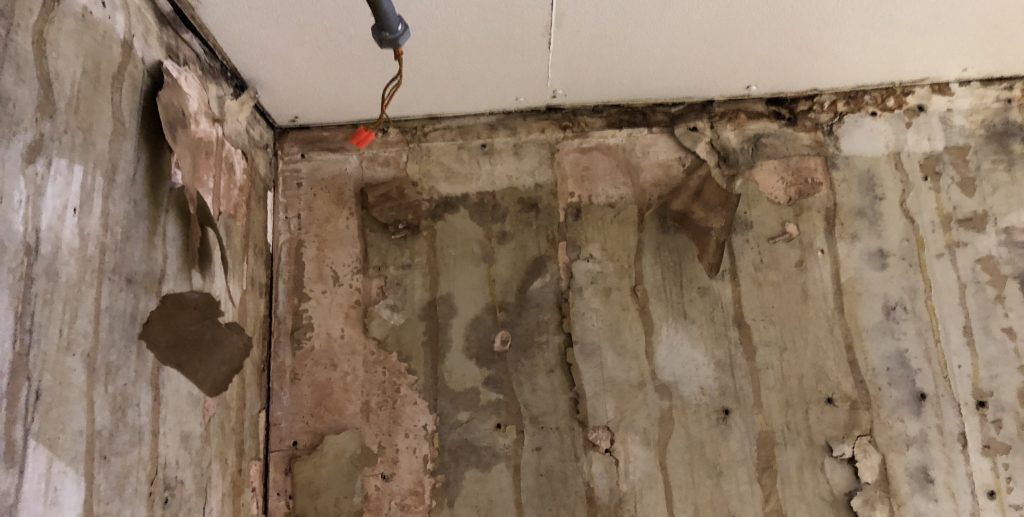
Mold is a naturally occurring fungus but under the right moisture and temperature conditions can grow and have effects on human health and building structures. Mold grows when given an organic food source, and a moisture source. In our inspections, we are looking to identify areas of concern where mold can thrive due to warm and moist areas within your home. Mold can have negative impacts on our health when our bodies are exposed to mold, most typically through inhalation and skin contact.
Our focus is to identify mold in your home or office, document how much mold is present, and provide step-by-step instructions for remediation. Not only do we want to make sure the mold is remediated properly, but we also want to make sure the potential for regrowth is unlikely. It is necessary to fix the moisture issue prior to remediation, otherwise, the mold may regrow.

Our mold inspection and air quality testing processes begin with a visual inspection of your home or business to identify suspect areas where mold growth is optimal. We utilize moisture meters, thermal cameras, and our trained eyes to come up with a unique sampling plan for each building. Suspect areas include kitchens, bathrooms, attics, basements, and crawlspaces. After identifying areas of concern we set up air sampling equipment to identify if mold is airborne within the building.
Upon completion of an indoor air quality assessment, including airborne mold and surface sampling, EOC completes a report documenting the levels, species, and where the mold is found throughout the building. Also included in the inspection report are recommendations based on the results of the mold testing.